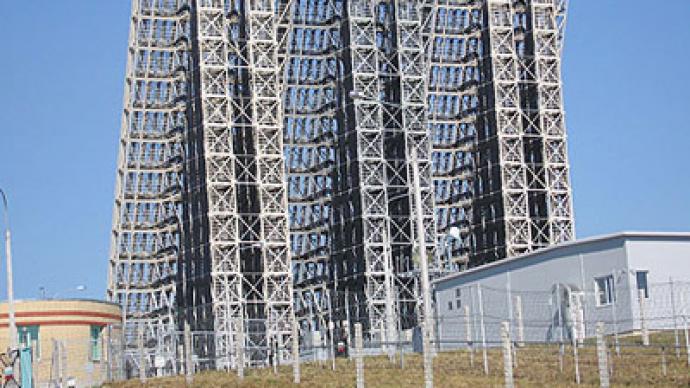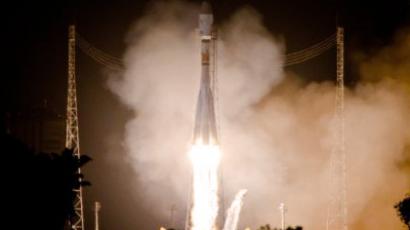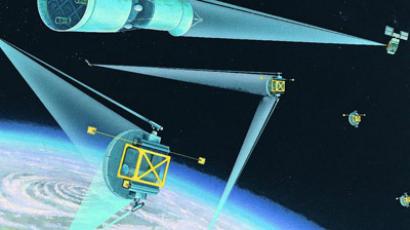Russia to acquire cutting-edge tracking system by late 2013 – report

A global surveillance intelligence system being finalized in Russia will track down anything that flies, sails or drives from thousands of kilometers away, a Defense Ministry source says. The system allegedly detects all known stealth technology.
The Multi Intelligence Information System (MIIS) promises to be more effective than existing airborne, space and radar reconnaissance combined, a source in the Defense Ministry informed Izvestia daily.The tech specs of the program are most likely to stay top secret for years to come, but the source explained that modus operandi of the system is locating and tracking man-made objects and mechanisms which use waves of a different nature while operating.“Every civilian or military object, be it airborne or on the ground, uses various systems emitting radio waves. It could be radar stations, communication systems, navigation GPS and GLONASS complexes, radio altimeters etc. Aircrafts have thermal and other sorts of wave emissions. The principles of physics cannot be escaped, even by American stealth B2 and F22 military aircraft. The task of MIIS is to spot such emissions, get exact coordinates and track the movement,” the source shared.The MIIS is capable of classifying targets depending on the kind of waves emitted. It is expected that vehicles on the ground will be as easily to track as ships and aircraft already are.“Because the MIIS only monitors the space, it does not emit waves itself, therefore the enemy won’t know it has been spotted,” the source told Izvestia.The MIIS antennas require only a few dozens of square meters so system’s operational site is hard to disclose by aerial and space reconnaissance.“First tests of the system took place in 2009. The MIIS position located near Moscow successfully tracked down warships and aircraft of various types in the Barents Sea area (about 2,000km) within several meters of accuracy,” the source said, revealing that the MIIS system will be dual-purpose, both for military, which besides reconnaissance and surveillance will imply the use of high-precision weaponry, and for civilian navigation use.The Defense Ministry’s press-service refused to comment to RT on the issue.The report about deployment of global surveillance intelligence system coincides with the modernization of Russia’s missile defense systems. The Defense Ministry has reportedly invested 35 billion rubles (about US$1.12 billion) in the construction of two industrial plants producing the latest-generation hypersonic air defense missiles.














